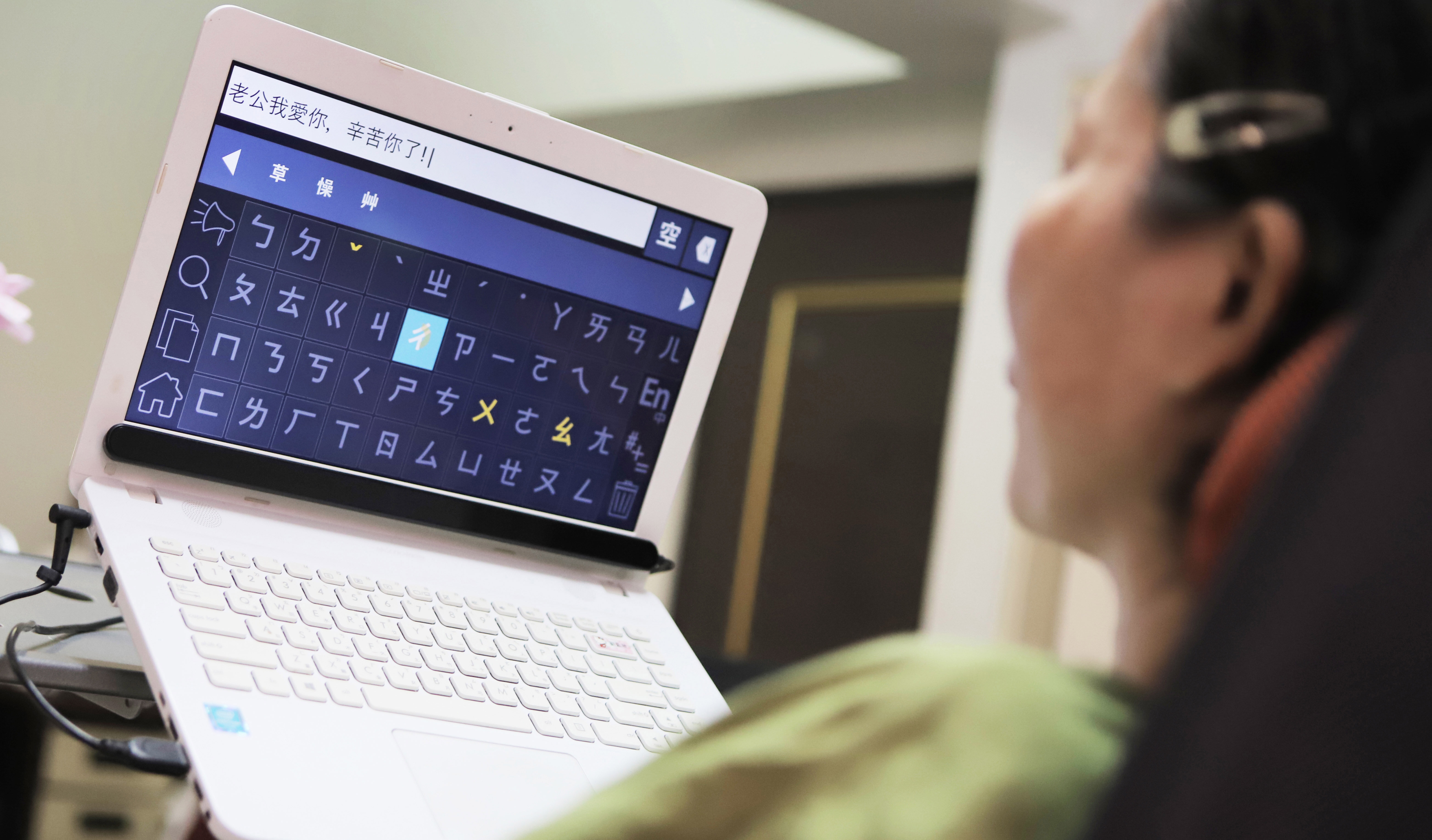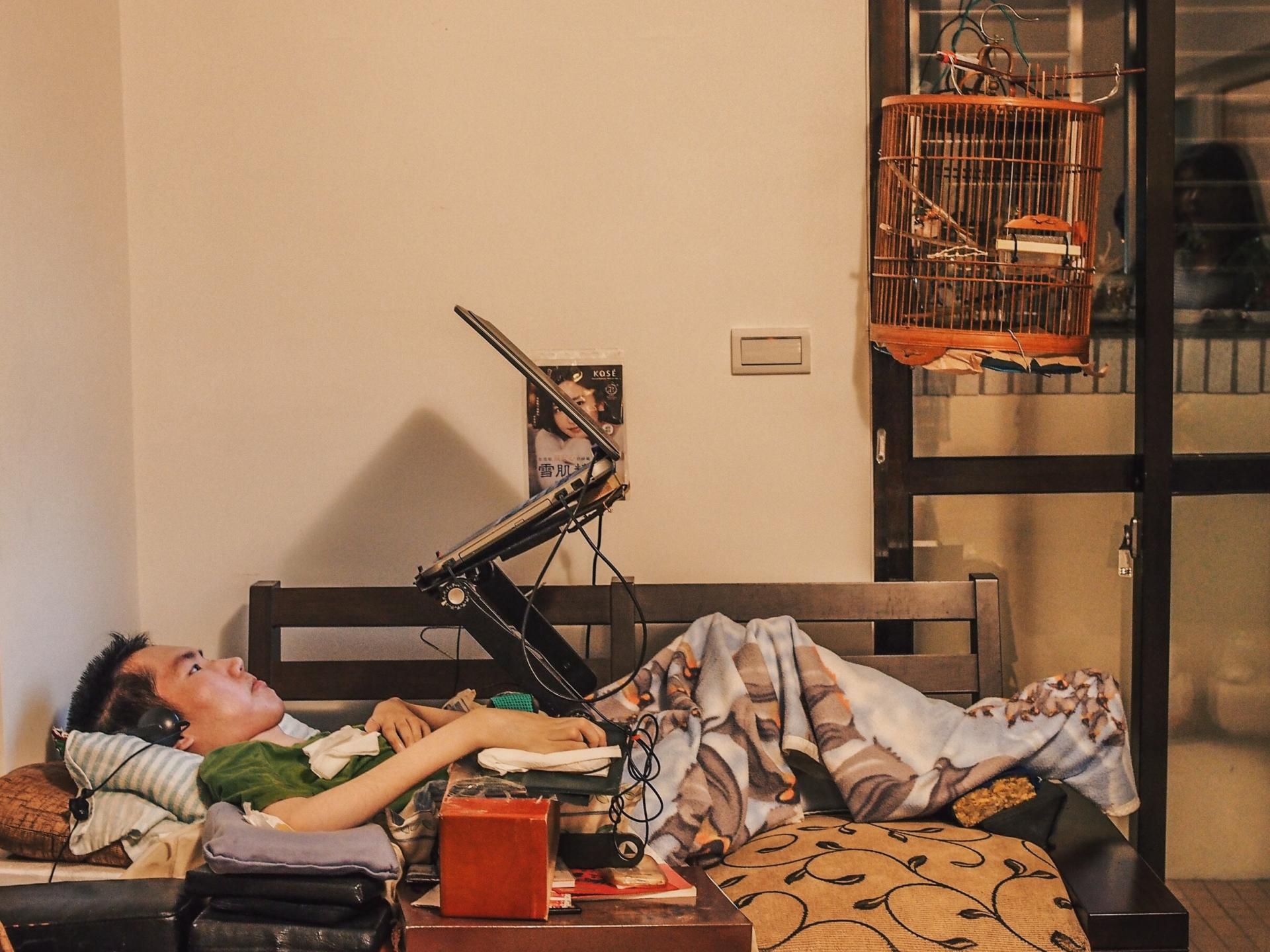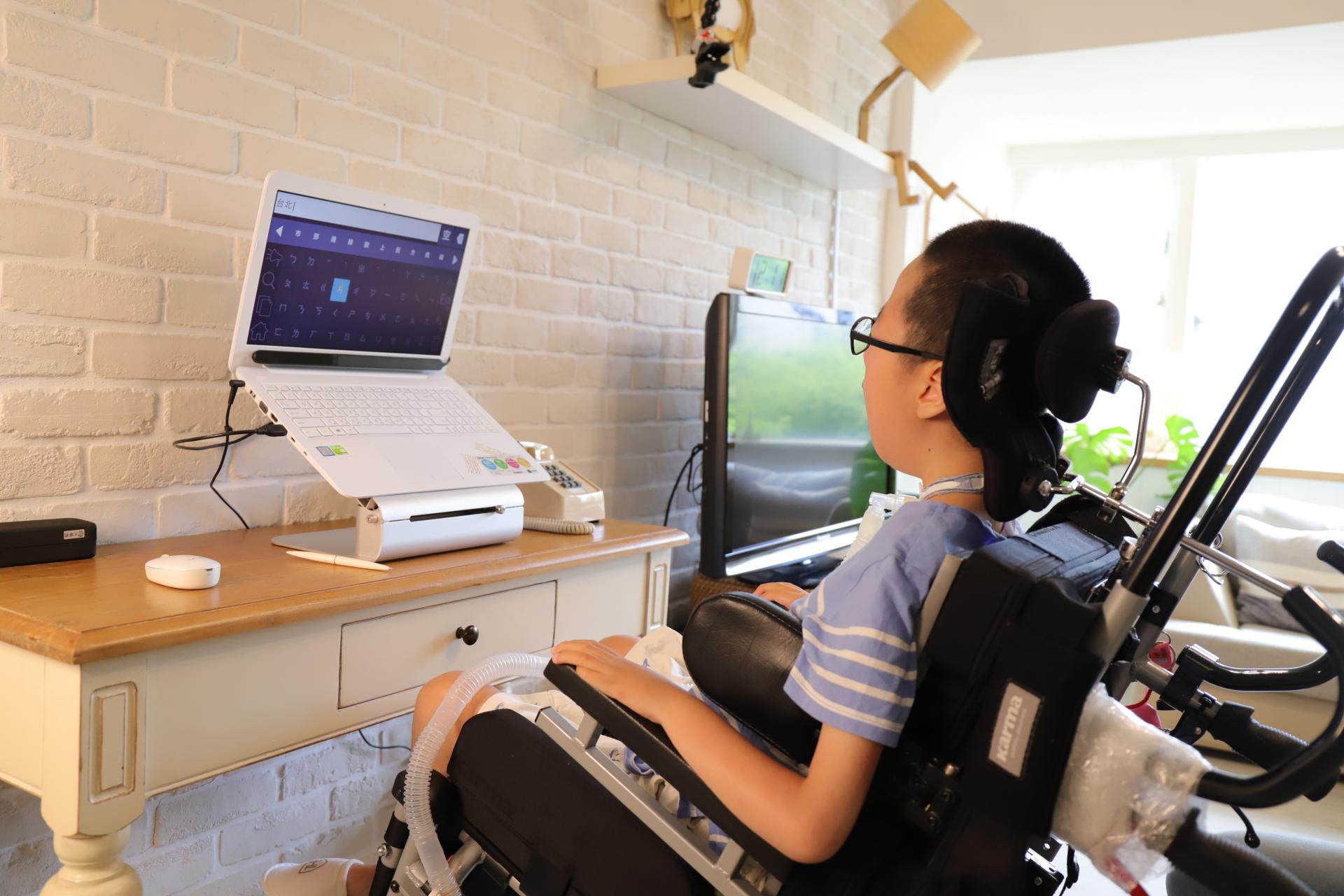UI/UX & Web Designer

Stage 1 - Crafting The Tools
Designing eye-tracking software that aids in communication, education and rehabilitation for the severely disabled.
Sense Innovation is a company devoted to eye tracking technology to help people with severe disabilities such as ALS, cerebral palsy, SMA, stroke and other conditions to better learn, communicate and access the outside world through the Internet.
We believe communication connects us to the world around us. For many people with motor or speech disabilities, communicating, verbally or non-verbally, poses a difficult challenge to overcome. Simple expressions such a yes or no, discomfort, or any requests may be difficult and time consuming for this group of users. With technological advances in the field of eye-tracking, we aimed to transfer these technologies to help our users, increasing their quality of life and the right to express.
Sense Innovation is a company devoted to eye tracking technology to help people with severe disabilities such as ALS, cerebral palsy, SMA, stroke and other conditions to better learn, communicate and access the outside world through the Internet.
We believe communication connects us to the world around us. For many people with motor or speech disabilities, communicating, verbally or non-verbally, poses a difficult challenge to overcome. Simple expressions such a yes or no, discomfort, or any requests may be difficult and time consuming for this group of users. With technological advances in the field of eye-tracking, we aimed to transfer these technologies to help our users, increasing their quality of life and the right to express.
My Role
I led the software UI/UX design between 2018-2020. In addition, I worked alongside Special Education Instructors, Researchers, Physical and Speech Therapists, Animators, Engineers and Content Strategists.
Research
Our weekly routine was to tag along with instructors to explore how they approach our users. I constantly sat in on classes with them to get a better undertanding on their interactions with each others. I also had the opportunity to interview family members and school teachers to get a clearer understanding of their needs.
Our target users were sorted into these categories:
.jpg)
Goal
• Provide more efficient and scientific tool for learning and living.
• Provide more efficient and scientific way for teaching and rehabilitation.
Problem & Challenges
.jpg)
.jpg)
.jpg)
The Approach
We focused on three major objectives:
1. How can we make communication easier?
2. How do we educate our users?
3. How can we improve our users' eye-tracking ability?
Design Solution - Stage 1 - Crafting the Tool
EyePlayer (Eye-tracking mouse)
• Personal Computer Control
• Vocational Ability Training
.jpg)
EyePlayer provided a full set of eye-tracking controlled functions that could allow our users to control a computer. Users can move the mouse cursor and perform task through actions with their eyes.
At the outset we kicked off the project for one user who has been paralyzed for ten years and requires all the attention from her caretaker. The first prototype we made was an “alarm” function where she could user her eyes to “call out” to her caretaker for any needs.
.gif)
eye-tracking alarm
As the project went on, we gathered feedbacks and developed many more features to replicate the same experience as the mouse such as:
.jpg)
.gif)
web browsing
.gif)
keyboard & text-to-speech
The launch of EyePlayer was well received by our users. They had the possibility to communicate and express themselves in a much more efficient way. One of our users even taught himself how to use design softwares such as Adobe Photoshop, Illustrator and can even edit videos and play games all by using EyePlayer. He works as an graphic deisgner for Sense Innovation.

But soon we realized for some users, traditional education methods was not an efficient way to learn. Most of them needed extra care but were left out because of the challenges they faced.
"How do our users know that their eyes can be used as a mean of communication?"
"How can they improve their oculomotor control?"

*All videos, images, and graphics used in this article belong to Sense Innovation and I or this website does not claim any right over them.
Read More
Design Solution - Stage 2 - Providing the Education
Read More
Design Solution - Stage 2 - Providing the Education